
First and Only Weekly Online Fanzine Devoted to the Life & Works of Edgar Rice Burroughs
Since 1996 ~ Over 10,000 Web Pages in Archive
Volume 2852
ERB ECLECTICA
ERB-Date: 2010.01


 |
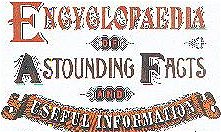 |
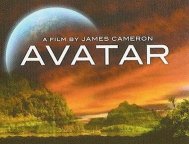 |
James Cameron's Avatar Movie Planet Pandora Featurette ERB Inspires the Greatest Film Blockbuster of All Time View It HERE |
OTHER WORLDS (July 1950) 162 pages.
Main Features: "Way In The Middle of The Air" by Ray Bradbury. "Enchanted
Village" by A.E. van Vogt.
Two page article by Darrell Richardson on Edgar Rice Burroughs
on the inside front and the inside back covers (shown below).
Click for full-screen images
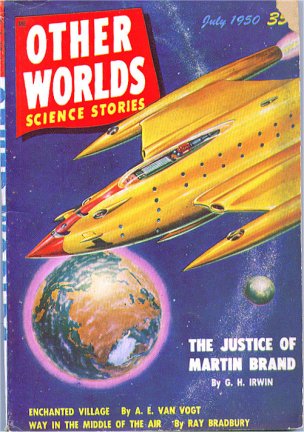 |
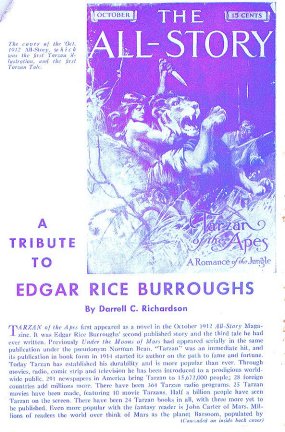 |
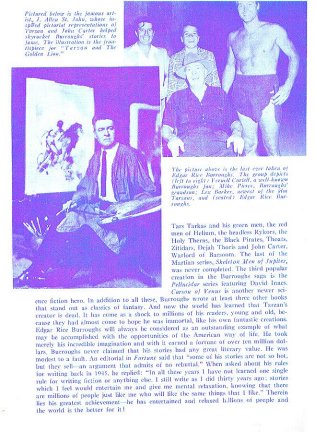 |
|
Promo Blurb: |
|
The Darrell Richardson Tribute Site |
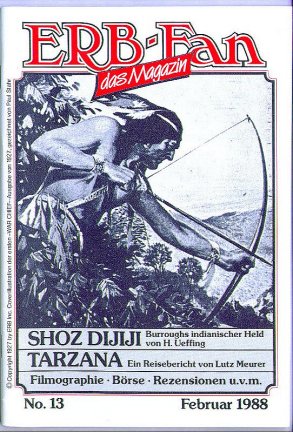
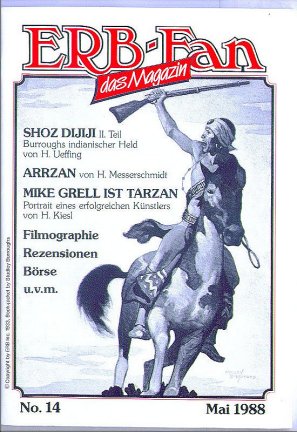
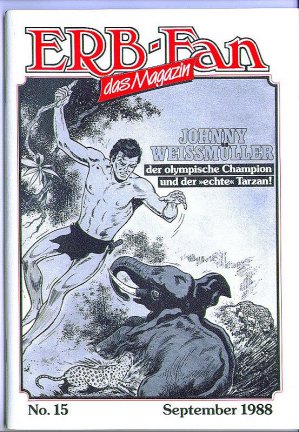
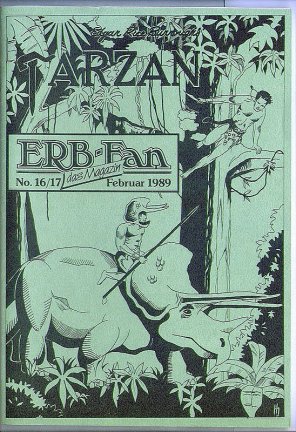
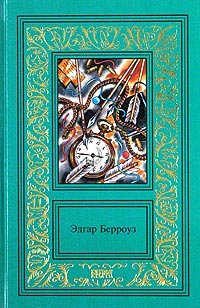
Vol.I: The Eternal Lover The Cave Girl |
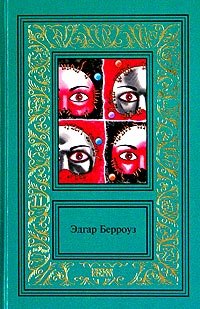
Vol.II: The Mucker The Return of the Mucker |
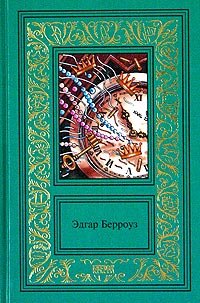
Vol.III: The Mad King The Bandit of Hell's Bend |
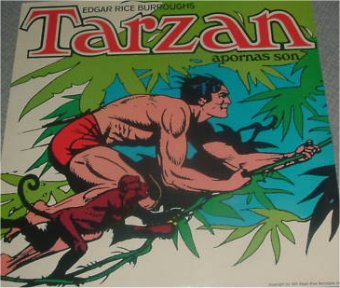
Edgar Rice Burroughs Tarzan Swedish vinyl LP 1972 Tarzan - Apornas Son (son of apes). Swedish 12" vinyl LP from the early 1970s. On this record there are Tarzan adventures with Swedish actors, like a recorded theatre. This record was sold in selected Swedish supermarkets only. |
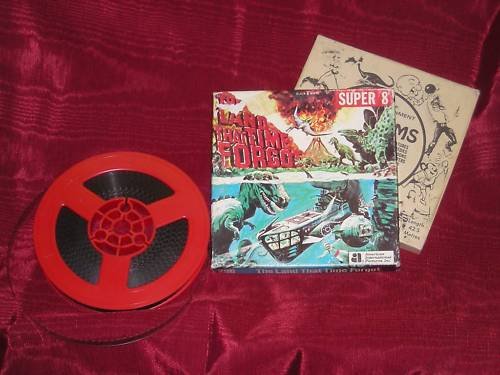
The Land That Time Forgot Super 8 Film Version |
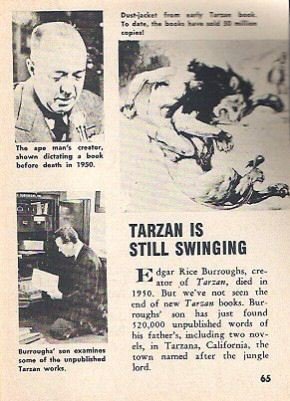 |
January 1964 TARZAN IS STILL SWINGING Edgar Rice Burroughs,
But we've not see the end of new Tarzan books. Burroughs' son,
|
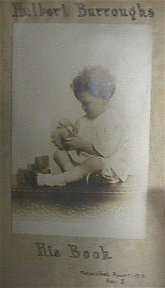 |
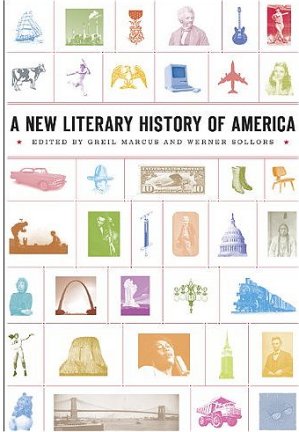 |
200 original essays tell the story of a nation Joe Kempkes Laney Tower ~ October 2, 2009 Review From Publishers Weekly The full national-literary character of the United States is on display in this mighty history and reference work for our time. Written by a distinguished team, under the sure-handed editorship of musicologist and historian Marcus and Sollors, Harvard professor of English and African-American studies, this volume begins with America's first appearance on a map and concludes with the election of President Obama. Among the more than 200 contributors are Bharati Mukherjee (on The Scarlet Letter), Camille Paglia (on Tennessee Williams) and Ishmael Reed (on The Adventures of Huckleberry Finn). The book includes entries on not strictly literary themes: the first U.S. natural history collection of painter Charles Willson Peale; the invention of the blues; and the art of Grant Wood. This balancing act is even less sure-footed as we enter present time with entries on Some Like It Hot and the National Football League. Although it is impossible to include every important author in one volume, Sylvia Plath barely gets a nod as does James Merrill. Such are the blemishes on exquisite skin. Overall, this is an astounding achievement in multiculturalism and American studies, which in the age of Google and the Internet lights the way toward serious interpretive reference publishing. 27 illus. (Sept.) |
|
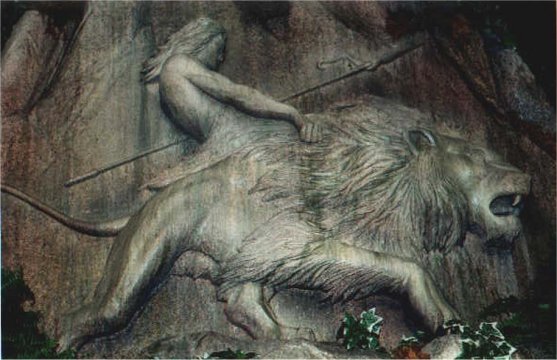
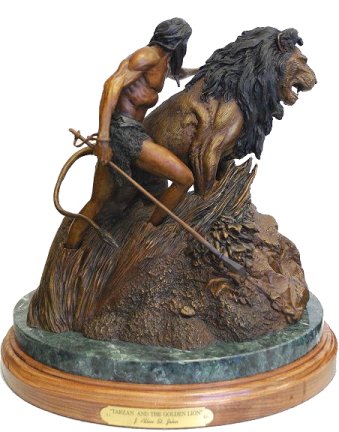
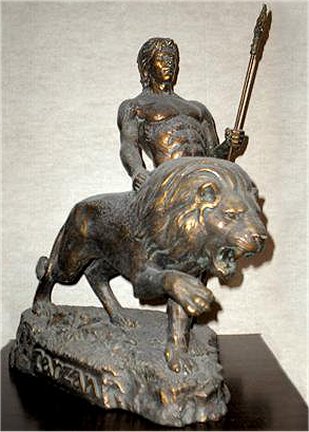
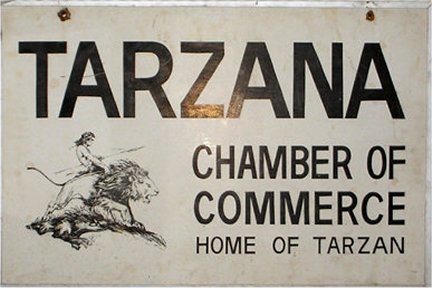

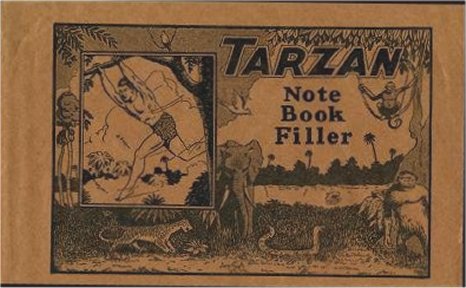
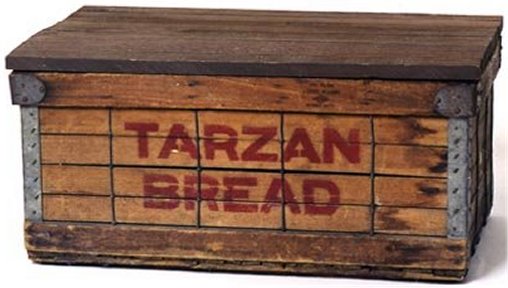
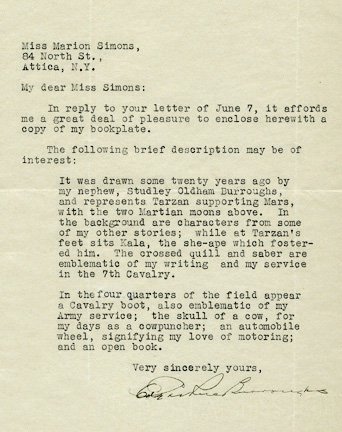 |
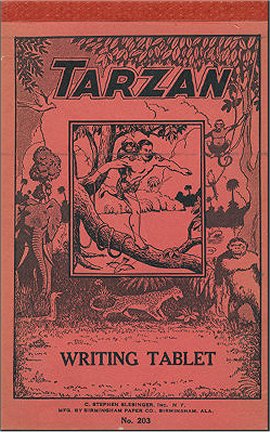 |
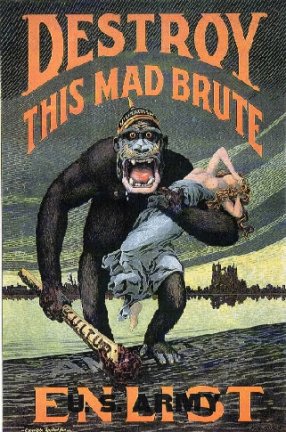
ERB influence on WWI propaganda posters? |
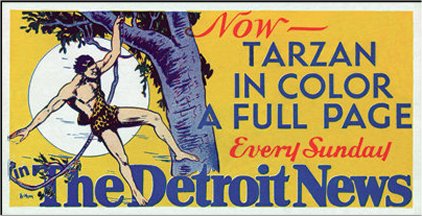
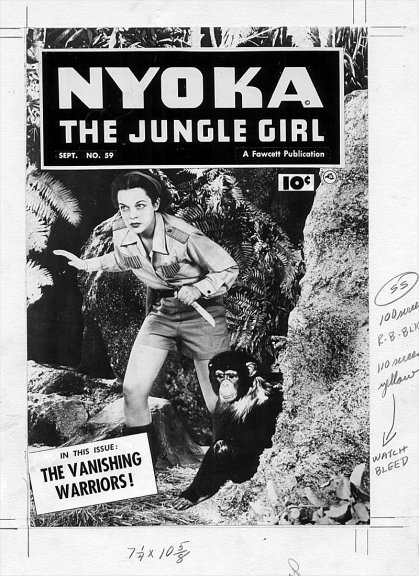
Nyoka The Jungle Girl #59 photo production cover 1951 |
2009 RAZOR CUT SIGNATURE HISTORICAL HEROES EDITION CHECKLIST 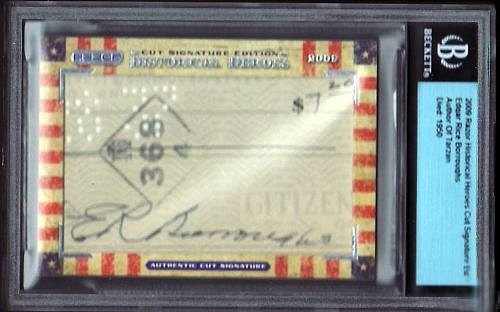
Razor Entertainment Group (colloquially as Razor), founded in 2005, is a private company primarily known for producing trading cards and collectibles. |
|
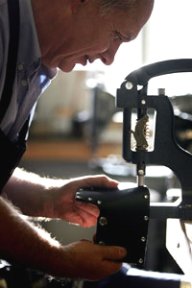 |
Le Prevo leather merchant Stu Hails has made clothing for a series of films Evening Chronicle ~ Oct 23, 2009 |
|
Official John Carter of Mars Sites John Carter News |
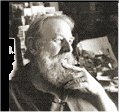 |
Moorcocks Miscellany: The Official Michael Moorcock Website I'm writing the new Doctor Who ~ The Guardian ~ November 21, 2009 |
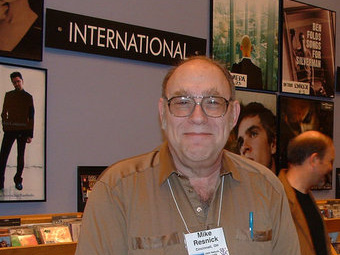
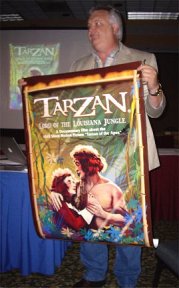 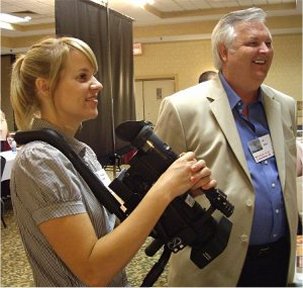 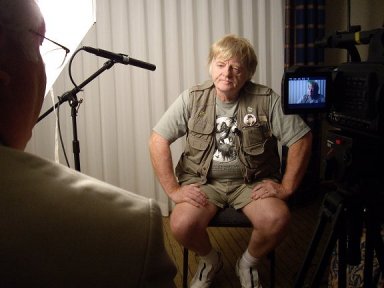
Al and Allison Bohl How cinematic trickery transforms our beloved Louisiana into something else—and often somewhere else. |
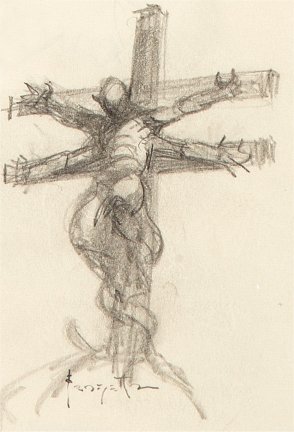
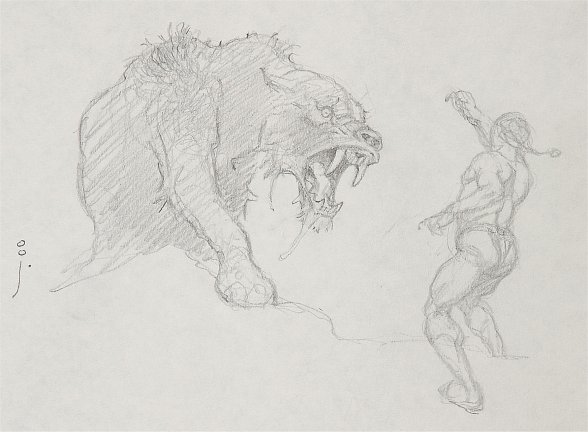
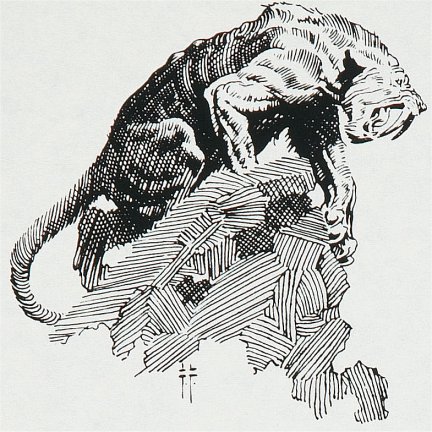
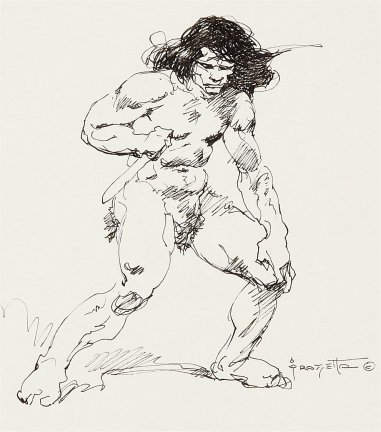
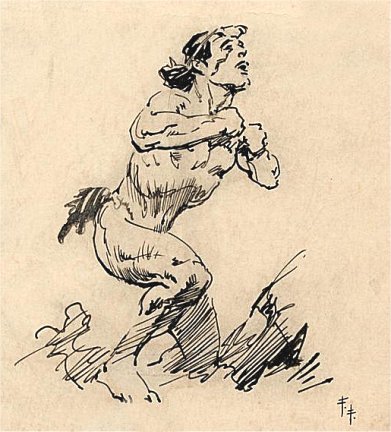
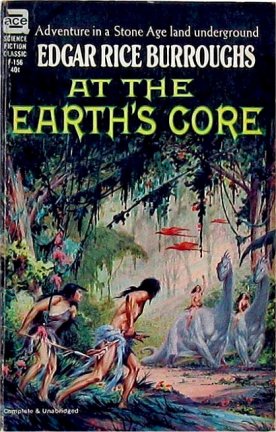
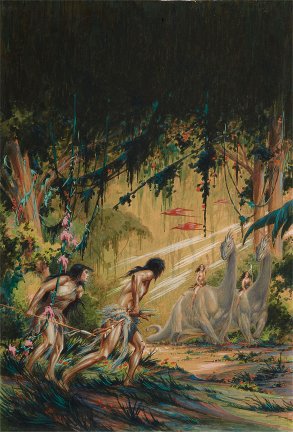
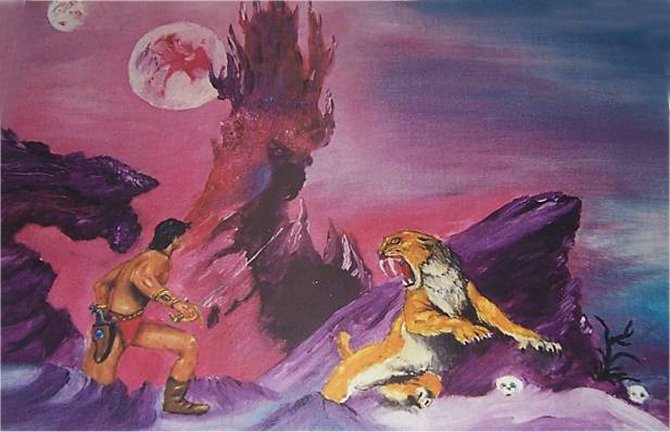
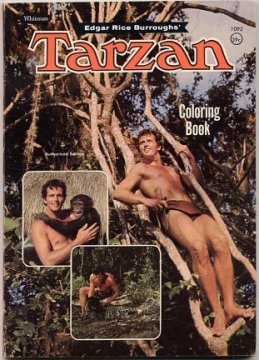
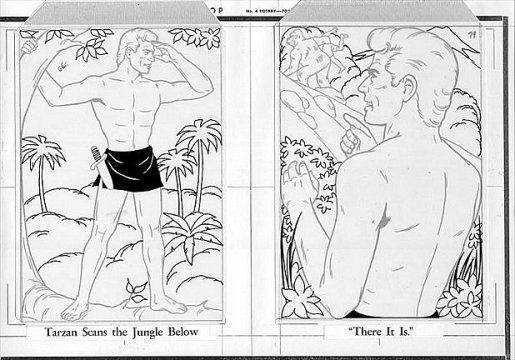
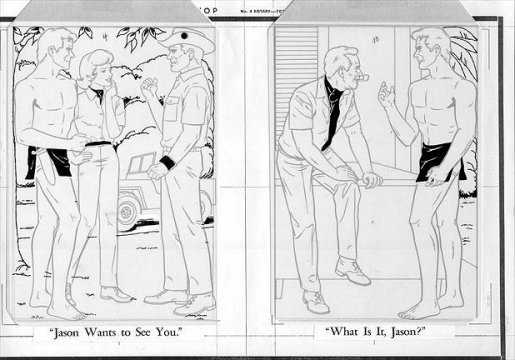
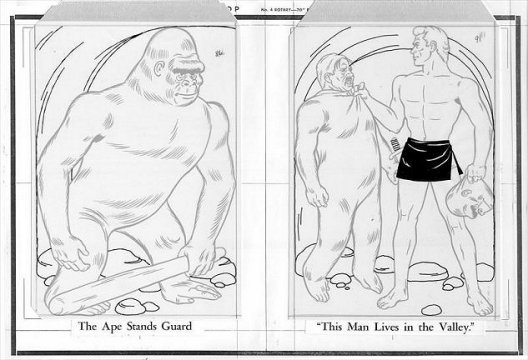
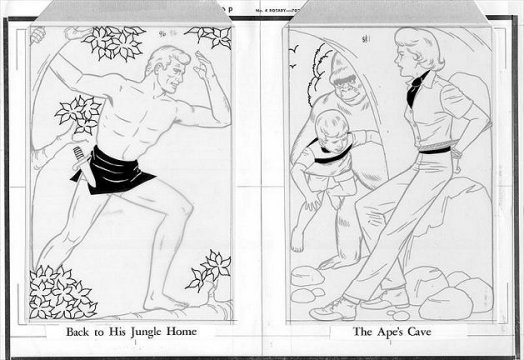
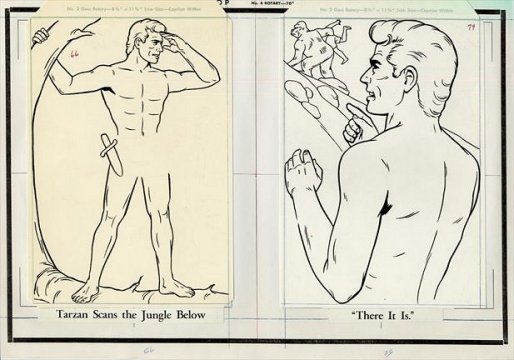
|
|
ERB Artist Encyclopedia Frazetta Gallery of ERB Art At the Earth's Core |
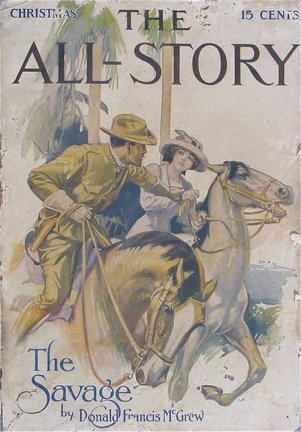
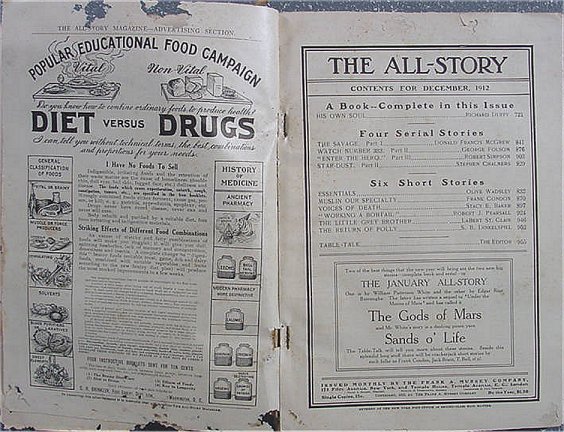
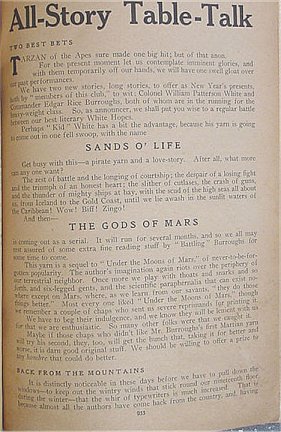
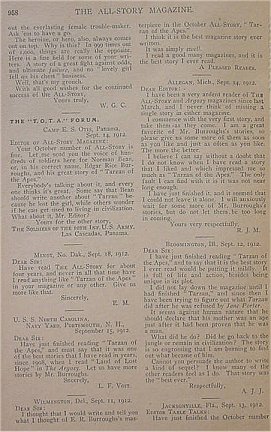
|
ERB Illustrated Pulp Bibliography ERB C.H.A.S.E.R.: The Gods of Mars |
|
|
The Personal Library of Edgar Rice Burroughs: 1,100 Volumes Titles ~ Covers ~ Art ~ Publishers ~ Dates ~ Trivia ~ Bios |
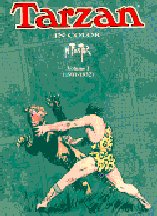
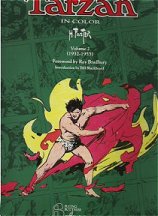
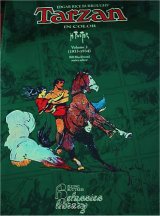
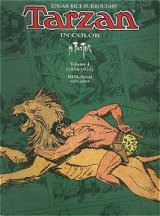
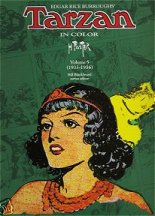
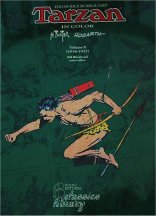
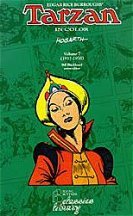
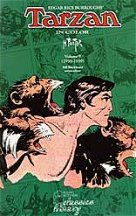
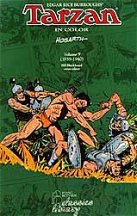
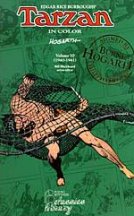
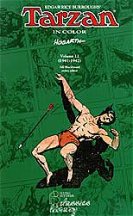
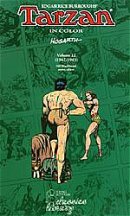
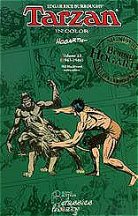
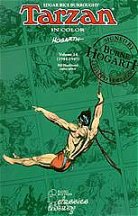
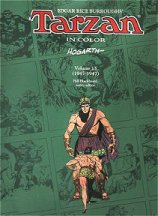
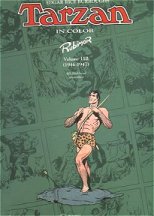
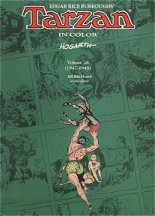
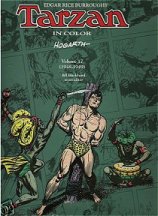
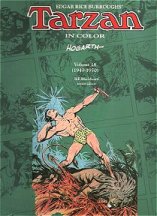
|
Hal Foster Tribute Burne Hogarth |

![]()
![]()
![]()
![]()
BILL
HILLMAN: Editor and Webmaster
BILL
AND SUE-ON HILLMAN ECLECTIC STUDIO
ERB
Text, ERB Images and Tarzan® are ©Edgar Rice Burroughs, Inc.-
All Rights Reserved.
All
Original Work ©1996-2010 by Bill Hillman and/or Contributing Authors/Owners
No
part of this web site may be reproduced without permission from the respective
owners.